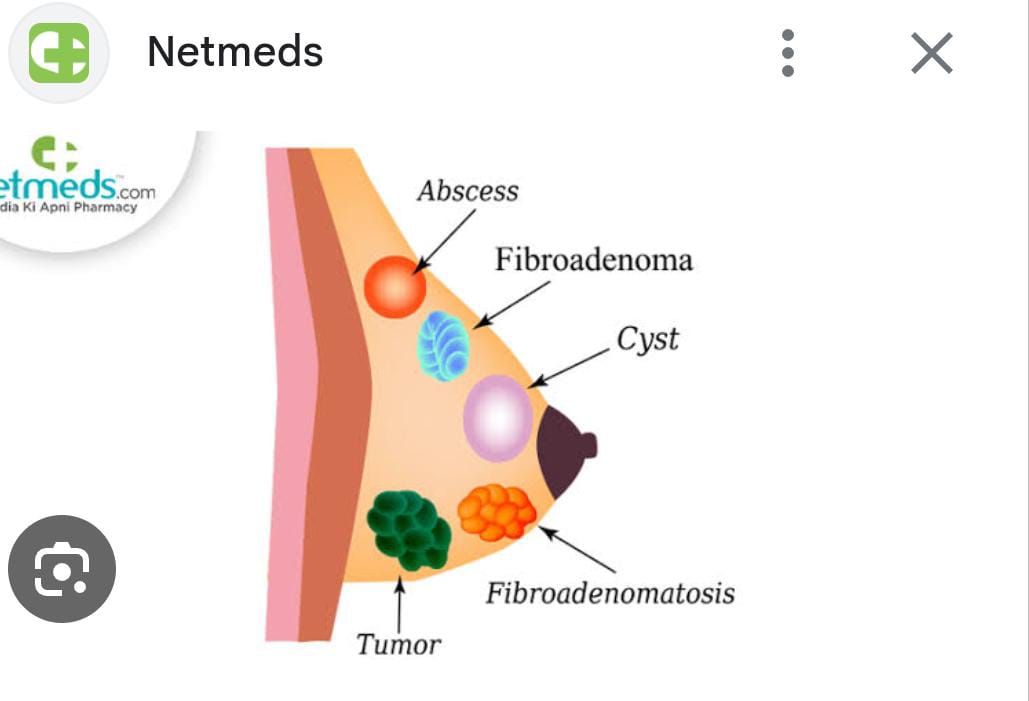Breast Lumps: Causes, Diagnosis, and When to Seek Help
Learn about breast lumps, a common concern for women. Get informed about causes, diagnosis, and the importance of seeking medical attention at NITYASEVA Hospital.

What are Breast Lumps?
Breast lumps are a thickening or mass felt in the breast tissue. They can occur in women of all ages and are a relatively common occurrence.
Most breast lumps are benign (not cancerous). However, it's important to get any new lump checked by a healthcare professional to rule out cancer.
Causes of Breast Lumps
There are many reasons why a woman might develop a breast lump. Here are some common causes:
- Fibrocystic changes: Hormonal fluctuations during the menstrual cycle can cause lumpy or tender breasts.
- Breast cysts: Fluid-filled sacs that are usually benign but can cause discomfort.
- Fibroadenomas: Noncancerous solid lumps composed of fibrous and glandular tissue.
- Breast cancer: Less common, but a possibility that requires evaluation.
When to Seek Medical Attention
It's important to see a doctor if you notice any new lump in your breast, especially if it has the following characteristics:
- Hard, painless lump that doesn't move easily
- Lump that is growing or changing rapidly
- Dimpling or puckering of the breast skin
- Nipple retraction (nipple pulling inward)
- Nipple discharge (bloody or clear discharge)
Early detection is crucial for successful breast cancer treatment. Don't hesitate to schedule a consultation with a healthcare professional if you have any concerns.
Diagnosis of Breast Lumps
A doctor will typically perform a physical examination of your breasts and may recommend additional tests, such as:
- Mammography: X-ray of the breast tissue to detect abnormalities.
- Ultrasound: Uses sound waves to create an image of the lump.
- Fine-needle aspiration: A thin needle removes a small sample of cells from the lump for analysis.
- Biopsy: Removal of a small tissue sample for examination under a microscope to determine if the lump is cancerous.
When to Seek Medical Attention
Consult a doctor if you notice a new lump, experience rapid growth, pain, redness, or drainage from the lump.
Schedule a Consultation